“Fear not the ghosts and ghouls that torture thy soul, fear man, for they strike when the night is dark, regardless of a Cross on your door or a Crescent and Star”
Fatima Naqvi
One of the most significant and harrowing sites in all of Europe is Auschwitz-Birkenau. The Auschwitz Concentration Camp depicts the horrors of the Holocaust and tells a tale of men who lost their touch with humanity, setting the world on fire in their wake. The holocaust tells us a story of human oppression and how some of us are willing to go to harrowing lengths to satisfy our selfish needs. in its wake, the holocaust left several concentration camps as mementos, the largest and the most efficient one of them being the Auschwitz-Birkenau.
If you are thinking of visiting the Auschwitz Concentration Camp keep one thing in mind, you won’t exit the place with the same peace of mind you entered it. Auschwitz possesses the power to change a person and will leave you with such an unsettling feeling in your stomach that will keep on curling, subjecting you to intangible pain.
Auschwitz Concentration Camp – A Quick Glance
Auschwitz Concentration Camp – History
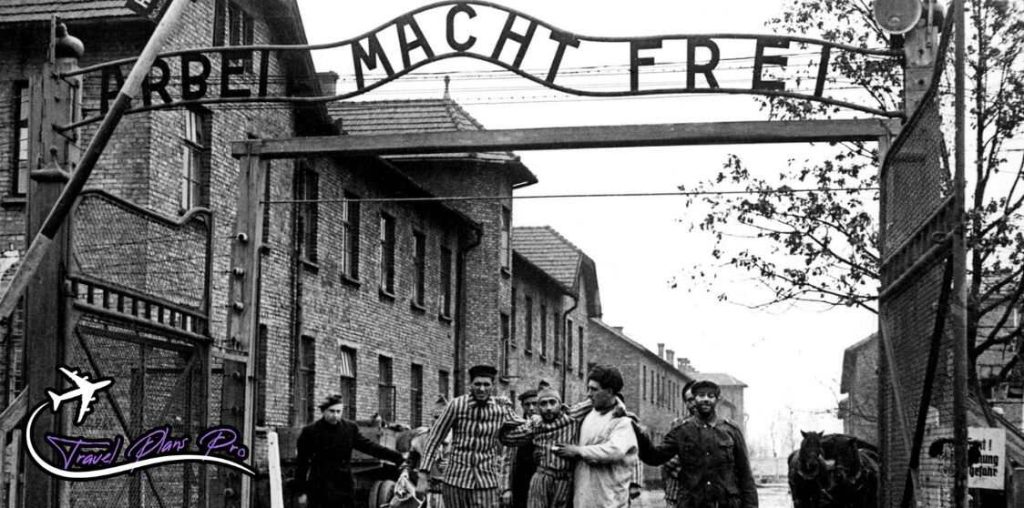
During World War II Auschwitz was the largest extermination and concentration camp built by the Nazis. Located in Oswiecim, Poland about 25 miles from the then-German city of Krakow, Auschwitz was a fearsome and harrowing structure. Auschwitz Concentration Camp was in operation from 1940 to 1945 and about 1 million people, most of them Jews met their deaths within the walls of the camp. Auschwitz-Birkenau is one of the two concentration camps where the diabolical perpetrators merged two functions in one place. The first one was the mass incarceration of slave labor and the second one was, the mass extermination of inmates in gas chambers.
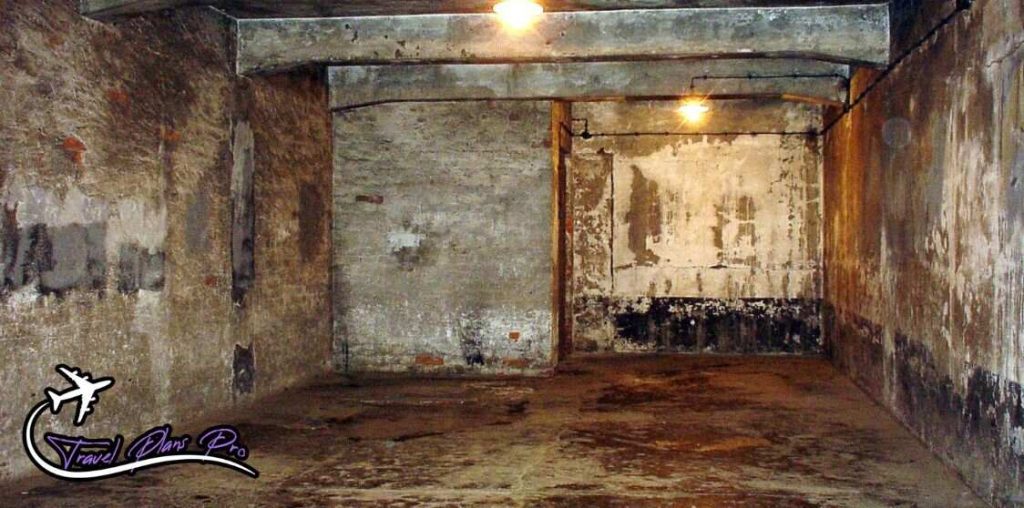
The gas chambers at Birkenau claimed the lives of thousands of people. Auschwitz Concentration Camp was a killing field and became a symbol of genocide, terror, and the Shoah. In the year 1942, the concentration camp became the largest extermination center where the “Endlösung der Judenfrage” or the final solution to the Jewish question – the Nazi plan for the genocide of Jews, was carried out. To think that a human being would subject its fellow beings, regardless of age and gender to such atrocities makes the hair at the back of your neck stand up.
Walking the Trails of Blood and Wails – Auschwitz Concentration Camp
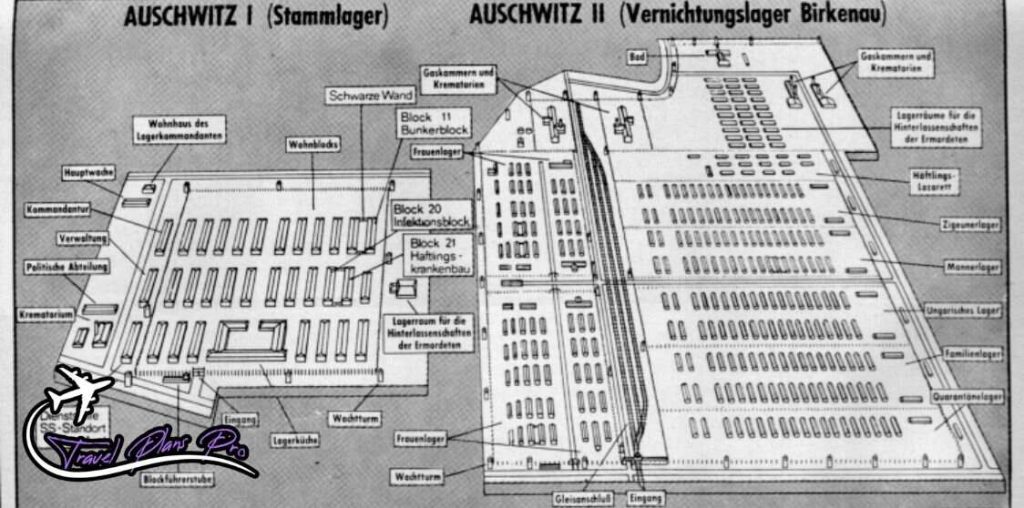
Setting eyes on the Auschwitz Concentration Camp, even today evokes a feeling of utter dread and malaise, you can only begin to imagine what the place would have been like in the 1940s, a literal gateway to hell. It is hard to imagine that such control and power could be wielded by a group of individuals. We continue to live in a bubble, thinking that something like this could never happen again in our “modern age” forgetting that humans are an unpredictable species.
We can close our eyes to the terrors most of mankind is facing at the hands of fellow men, close our eyes to another holocaust that is happening in the Southern Levant, where day and night the cities are bombed, children are starved, and men and women alike are killed by the most brutal means possible.
We can close our eyes today and continue on our lives, but once evil starts spreading, it cannot be contained, and soon all of us will hear the death knell at our doors, brought by none other than those, the outwards of whom look like human, but the innards harbor the essence of the devil.
Auschwitz I
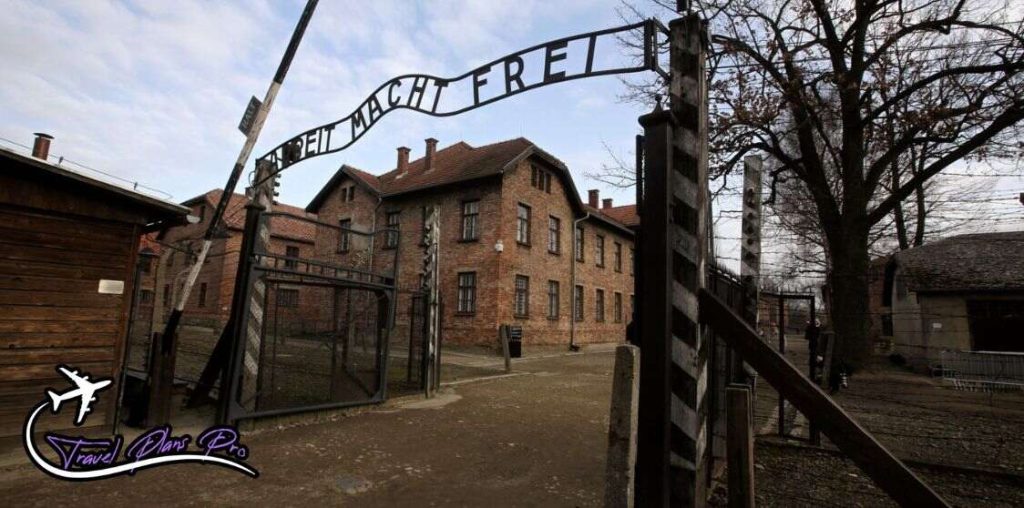
When you arrive at the gates of Auschwitz Concentration Camp you first sign up for a tour time and are then equipped with a pass, radio, and headset. Your tour guide harbors a microphone and transmitter, to listen to their instructions and the other information they will provide along the way, you will have to tune in to their frequency. Your tour will begin from where the harrowing life of the Holocaust prisoners started, beneath the rusted metal words Arbeit macht frei which translates to work makes you free, a sickly ironic line, made up by a sick-minded man for a place where people were worked to their deaths.
Your tour guide will take you through avenues and neat brick houses. Most of the buildings in the concentration camp have been converted into educational museum displays that document deaths, history, and how the war came about. Some of the buildings also harbor artifacts from the prisoners of war, like suitcases, personal accessories, and shoes. These artifacts are displayed behind glasses and evoke a sickening thought that they belonged to living, breathing humans like you and us whose lives were taken away from them in the most brutal ways imaginable.
On the tour, you will walk through old corridors, chilly parade grounds, bare dormitories and pass double lines of razor wire poles. We believe that when a person dies a wrongful, they leave behind a negative energy, that envelopes the place and passes through those who dare enter. Auschwitz Concentration Camp where thousands were subject to wrongful and brutal deaths resonates with such energies. While walking through the camp you will feel the energy that gave life to the thousands that were murdered on its grounds.Fear and sadness are the words that define the energy one feels at the concentration camp.
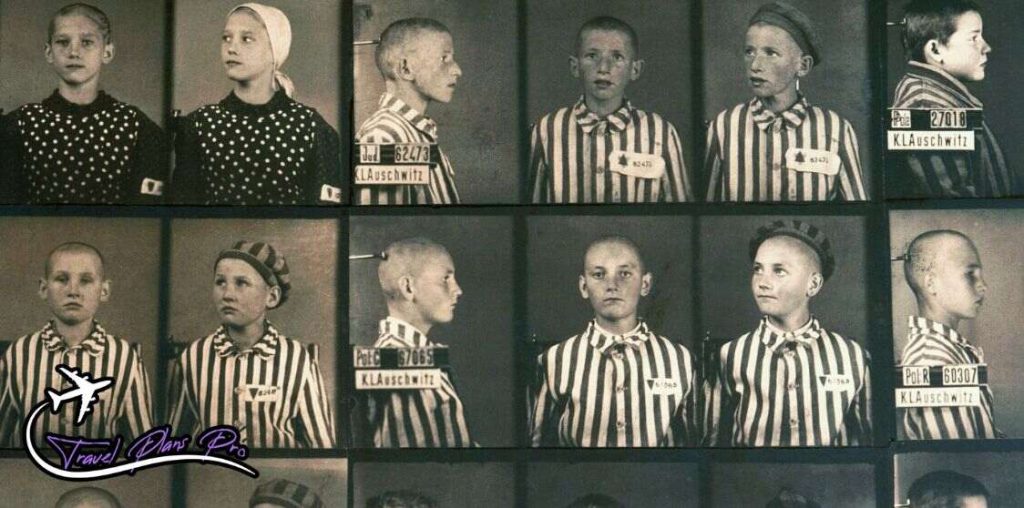
While walking through the rooms of the camp you will come face to face with rows after rows of faces, staring at you from the walls. These prisoner profiles in black and white showcase the final moments of the inmates. Their empty and blank faces paint a picture of hopelessness and despair. “Three weeks after these photos were taken, all of these people were dead” will be the line your guide will utter as you try to take all of that in.
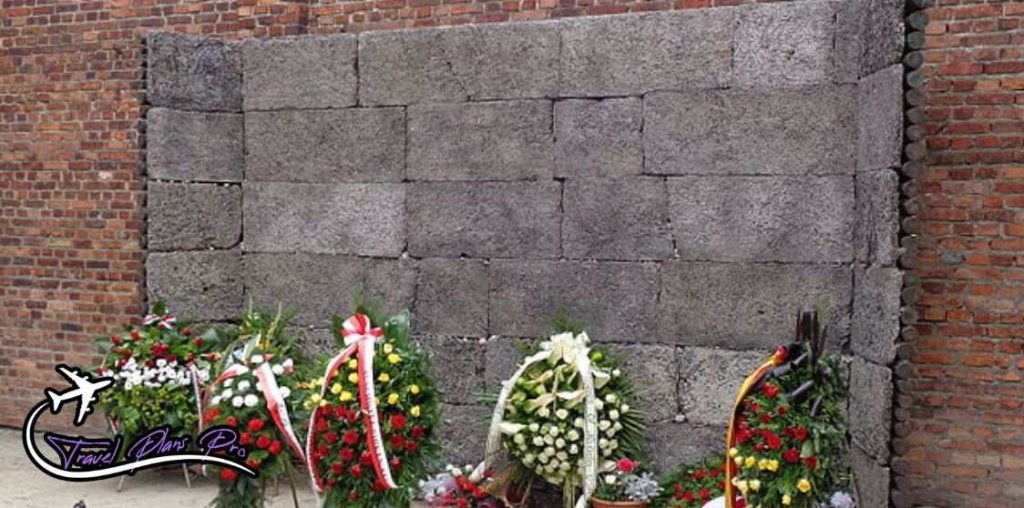
Every nook and cranny tells a story, and every piece of the Auschwitz Concentration Camp resonates with the cruelty of man. Here lies the square outside Block 11 where inmates were executed routinely against a brick wall. There is a room that is only three feet by three feet where four men were made to stand in the dark until death took them. The gas chambers resonate the wails of those stifled to death by chemicals.
Birkenau
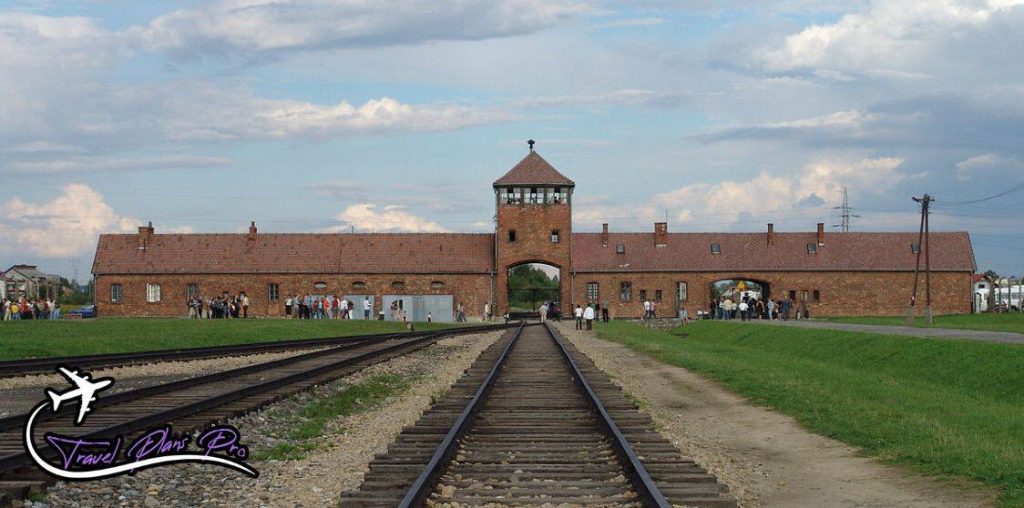
After the original camp, the tour moves to Birkenau. The close streets and heaviness of Auschwitz I give way to clear skies, acres of grass and two parallel railway tracks that come to an ominous, very final stop. A warped tranquility surrounds Birkenau, making it difficult to imagine that 20,000 people were killed and burned here every day.
The difference between reading about the Auschwitz Concentration Camp and visiting it is similar to reading music and hearing it played. You cannot truly wrap your head around the horrors of the place until you have stood in the gas chambers surrounded by the eerie silence. Until you have laid eyes on the ash pools of Birkenau and seen the dusty wooden banks, where countless prisoners huddle together, fighting for their lives.
At the end of the tour, you will find yourself standing outside the red brick main entrance to Birkenau engulfed by an unexplainable silence. You won’t be able to help but wonder by the place is eerie still and silent when thousands of tourists are sauntering about its grounds.
Auschwitz Concentration Camp – Guided Tour
You can opt for a guided tour of the Auschwitz Concentration Camp by visiting the Get Your Guide website and selecting the package you see fit.
The Ultimate Guide to Visiting the Dachau Concentration Camp in 2023
Dachau Concentration Camp is the first SS concentration camp that was established in 1933. Now the camp has been converted into a memorial site and is open to tourists. To learn more about the Holocaust and witness the brutality that humankind is capable of you must visit the Dachau Concentration Camp. Read our article on the camp to find out more

